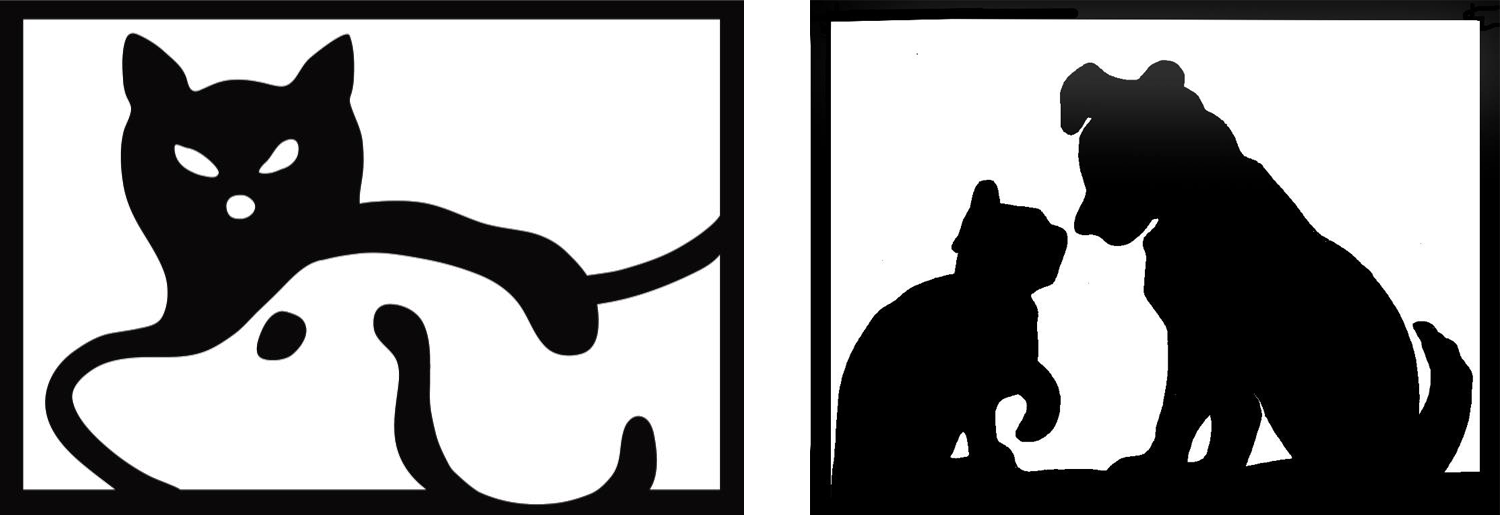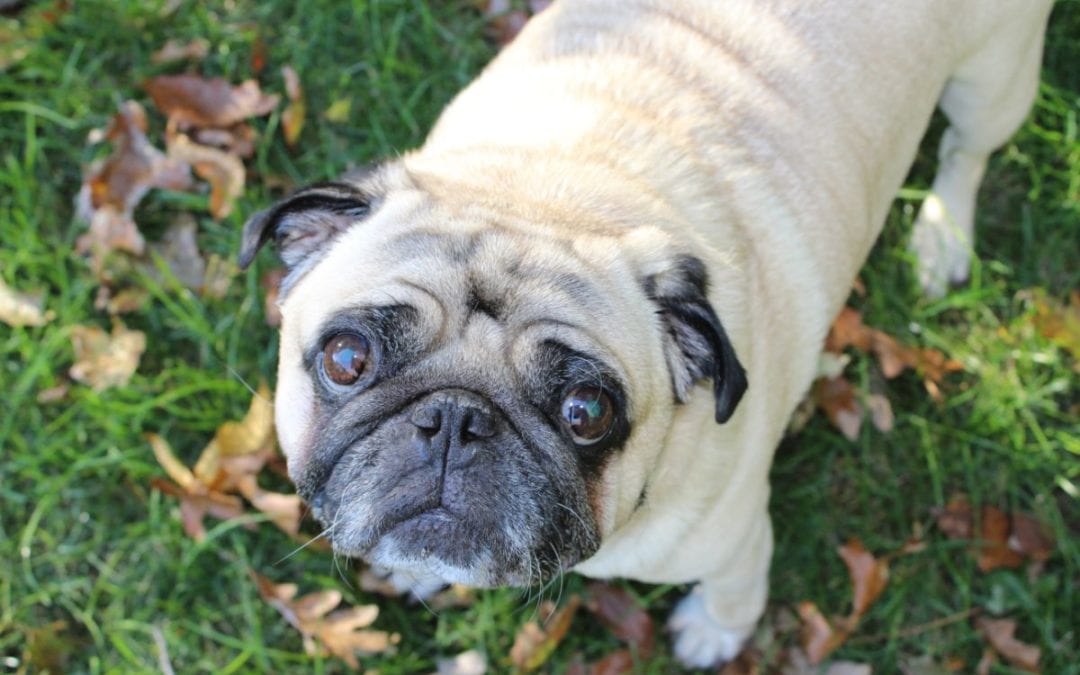Let’s talk about urine and stool samples! We often ask you to bring in these samples so we thought we should provide you with some EXPERT tips!
Stool Samples:
1. Stool samples should be as fresh as possible to give us the most diagnostic value
2. We only need approximately 3-5 grams of stool, so no larger than a 50-cent piece is required
3. Cat stool samples may contain litter (just make sure there is stool in the litter and not just clumps of urine)
4. If you do not already have a fecal cup then any container/bag will serve the purpose
Urine Samples:
1. Typically, one teaspoon of urine is sufficient for testing
2. You can collect urine in any CLEAN container that you have available. Containers that are not clean can reflect changes in the urine and affect the samples results
3. Some find it easy to use a shallow container or bowl. Many of our staff like to use a soup ladle to collect the urine and then transfer it into a container for transportation Tupperware, empty butter containers, old pill vials, etc. are also all good options.
4. Urine that is not dropped off immediately should be refrigerated until you bring it to the clinic. It’s again best to provide the freshest sample you can to your veterinarian, composition of the urine can change the longer it waits to be tested the less diagnostic it becomes
5. The process can be made easier if you use the buddy system. One person walking on a short leash and one collecting urine. Be sure to walk them in their favorite places to optimize your success (telephone pole, fire hydrant, etc.)
6. Keep in mind ahead of time if your dog is a leg lifter or a squatter (especially when choosing the container you will be collecting in)
7. If you collect urine first thing in the morning or after being inside for a prolonged period of time then they should be more eager to potty and pay less attention to you trying to catch the urine
It’s helpful if you label these containers/bags with the pets first and last name prior to dropping them off. If you would like your containers back then please let the staff know so they can wash it and return it to you. We hope you find these tips and tricks helpful the next time you are asked to collect specimens for your veterinarian.

